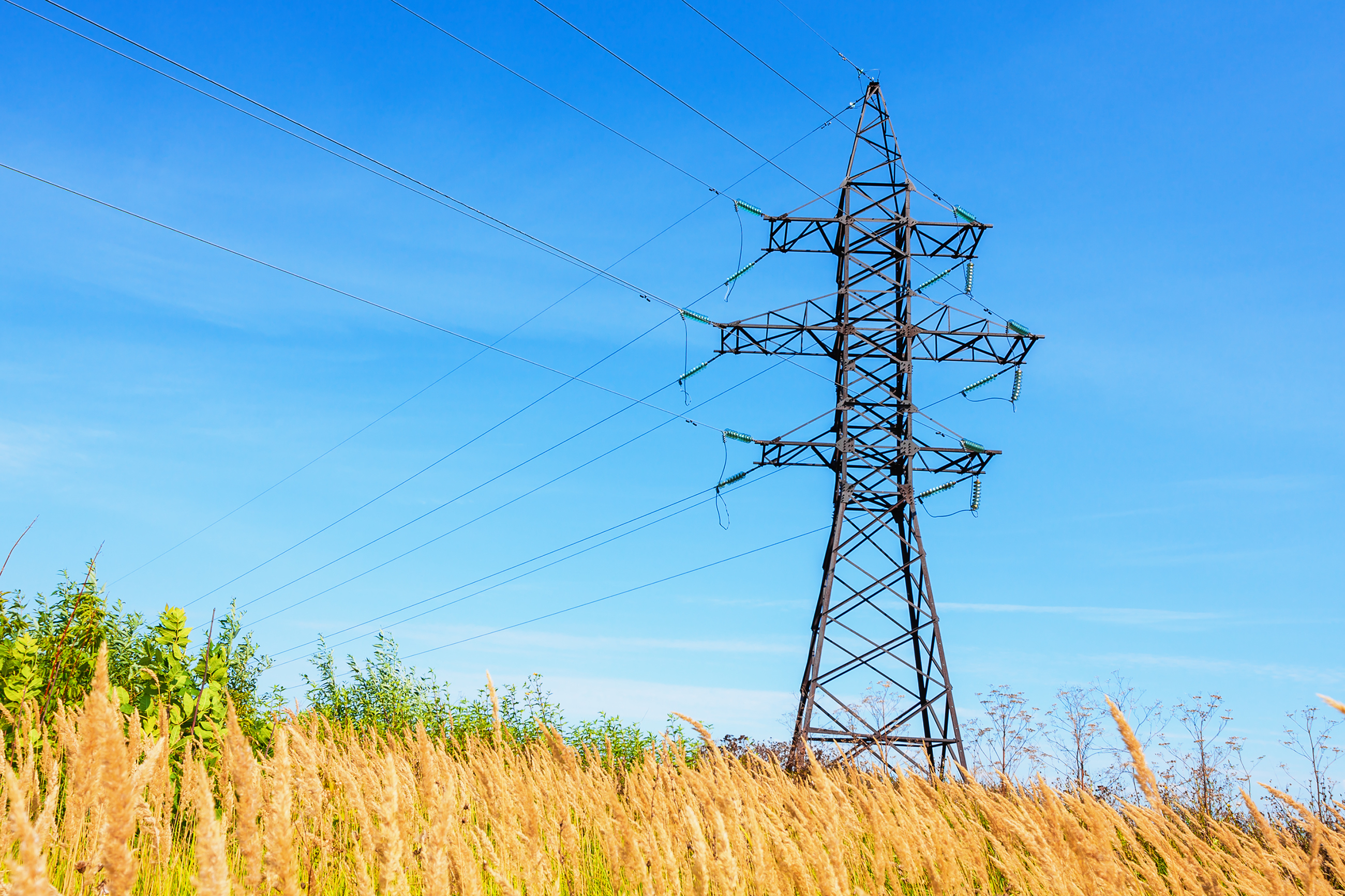For 40 years, we've been driving our country's economic and social progress. Four decades shaping Spain.
Spain closes 2019 with 10% more installed renewable power capacity
- Renewables already represent 49.3% of the complete set of electricity generation facilities in Spain.
- According to data published by Red Eléctrica de España, the demand forecast for national electricity in 2019 is 264,843 GWh, 1.5% lower than in 2018.
- 36.8% of the electricity generated nationally came from renewable sources and 58.6% was obtained using technologies which produce zero CO2 emissions.

The complete set of electricity generation facilities in Spain is increasingly more and more renewable. During 2019, the non-polluting installed power capacity has experienced a growth of 10% with the commissioning of almost 5,000 new ‘green’ Megawatts. In this way, renewable energy already represents 49.3% of the total installed generation capacity in Spain, with more than 108,000 MW, according to the information estimated by Red Eléctrica de España in its forecast for the end of 2019.
This year solar photovoltaic, which closes 2019 with more than 7,800 MW of installed power capacity, has been the technology that has increased its presence in the complete set of electricity generation facilities, with an increase of 66% compared to 2018.
For its part, wind power, which has added more than 1,600 new MW to its total generation capacity, will end the year with more than 25,200 MW of wind energy capacity installed in Spain. 2019 also saw the first use of offshore wind power in Spain, with the commissioning of the first offshore wind turbine in Spain off the coast of the island of Gran Canaria, with a generation capacity of 5 MW that is included in the figures for wind energy.
The decarbonisation of Spain has also made progress not only because of the installation of new renewable generation capacity, but also as a result of the closure of the Anllares coal-fired power station in León, which reduces 347 MW of polluting installed power generation.
On the other hand, the demand for electricity in Spain during this year was 264,843 GWh, a value that is 1.5% lower than in 2018. After having factored in the influence of seasonal and working patterns, the decrease stands at 2.5% with respect to last year.
Regarding electricity systems, the peninsular demand was 249,398 GWh, 1.6% less than in 2018. After having factored in the influence of seasonal and working patterns, this demand decreased 2.7%. On the other hand, the electricity demand of the Balearic Islands and the Canary Islands experienced increases of 1.8% and 0.2% respectively compared to the previous year.
Technologies that do not emit CO2 generate 58.6% of the electricity in Spain
In 2019, 261,020 GWh of electricity were produced in Spain, of which 36.8% came from renewable technologies. Furthermore, 58.6% of the electricity produced in Spain during 2019 was obtained using technologies which produce zero CO2 emissions.
Combined cycle, with 21.9% of the total national generation, has been the technology that most contributed to the generation mix this year, followed by nuclear (21.2%), wind (20.6%), cogeneration (11.4%) and hydro (9%). Behind these is coal, with 5% of the total national generation; this value represents the lowest share this technology has contributed to the mix since records began in Red Eléctrica.
Moreover, the 14th of December was the first day ever in which coal was not used for electricity generation on the Spanish peninsula. Compared to 2018, coal-fired generation on the peninsula fell by 68.2%. On the Spanish peninsula as a whole, the decrease in 2019 was 64.8%.
As for cross-border electricity exchanges, the peninsular electricity system closes 2019 with an importer balance for the fourth consecutive year. However, this year the total electricity imported was 6,538 GWh, 41.1% less than that registered in 2018. In 2019, electricity imports registered 18,758 GWh and exports stood at 12,219 GWh.
In this context, Red Eléctrica continues to focus all its efforts to develop a robust and meshed transmission grid. In this regard, 202 km of new line circuits were commissioned this year, increasing the total to 44,457 km nationwide. In addition, the Company's transmission grid has 33,700 km of fibre optic cable which is used for data transmission services.












